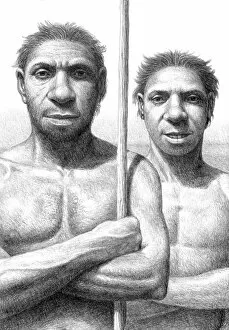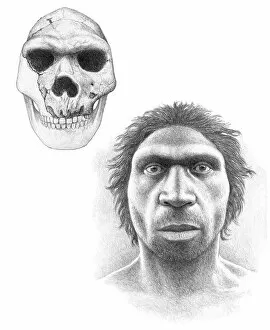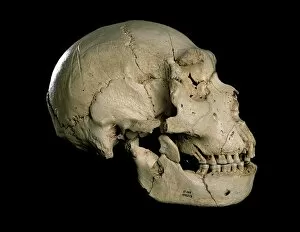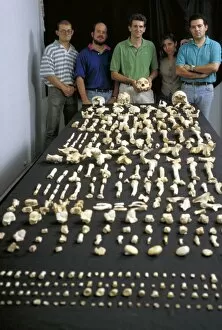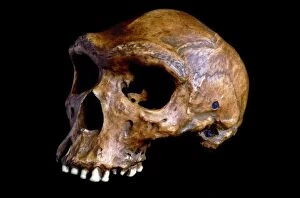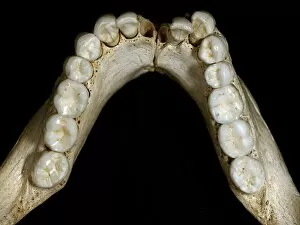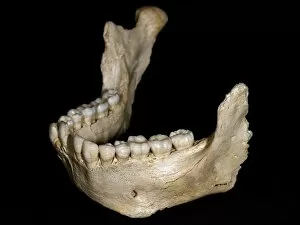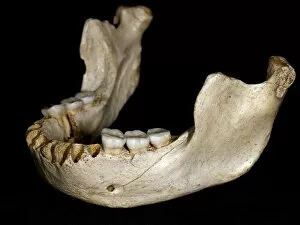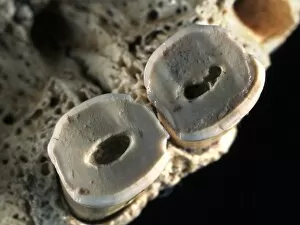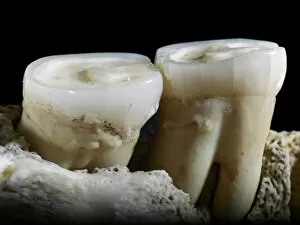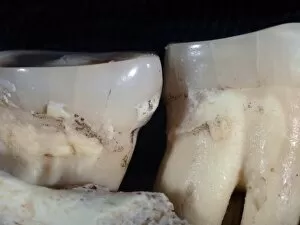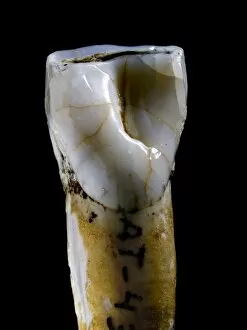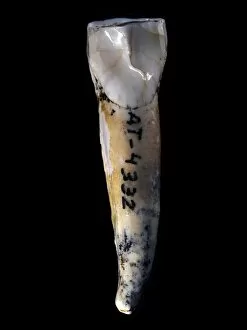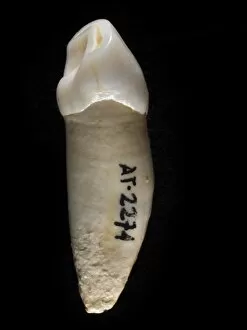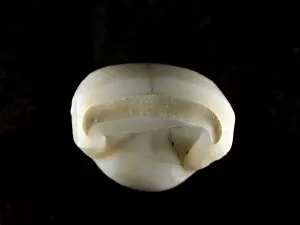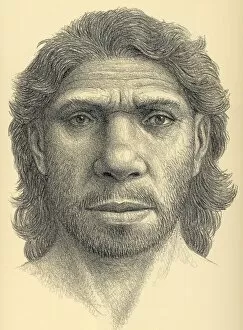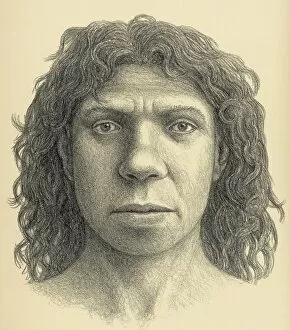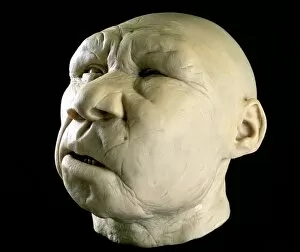Heidelberg Man Collection
"Heidelberg Man: Unveiling the Enigmatic Ancestor" Step back in time and meet Homo heidelbergensis, a fascinating species that roamed the Earth over 600, 000 years ago
For sale as Licensed Images
Choose your image, Select your licence and Download the media
"Heidelberg Man: Unveiling the Enigmatic Ancestor" Step back in time and meet Homo heidelbergensis, a fascinating species that roamed the Earth over 600, 000 years ago. With its distinct features captured in ancient fossils like the Homo heidelbergensis skull and face, this enigmatic ancestor continues to intrigue scientists today. One remarkable find is the Homo heidelbergensis skull (Cranium 5) C015 / 6921, showcasing intricate details of our distant relative's anatomy. This precious artifact provides valuable insights into their physical characteristics and evolutionary journey. Delving deeper into their existence, evidence suggests that Heidelberg Man lived in family units as depicted by captivating artwork portraying a Homo heidelbergensis family. These depictions offer glimpses into their social dynamics and shed light on how they thrived together. The discovery of other fossil remains such as the broken Homo heidelbergensis skull from Broken Hill 1 C015 / 6924 or the vertebrae from Sima de los Huesos fossils C015 / 6587 further unravels mysteries surrounding this ancient lineage. Each bone fragment serves as a puzzle piece contributing to our understanding of their morphology and way of life. However, not all findings reveal tales of strength and vitality; some artifacts hint at challenges faced by Heidelberg Man. The arthritic jaw (C015 / 6562) showcases signs of wear and tear caused by age or strenuous activities endured during survival in harsh environments. Examining lower jaws like those found in C015 / 6561, C015 / 6560, and C015 /6559 allows us to explore variations within this species while also highlighting dental traits unique to Heidelberg Man. A single tooth (C015/6549) offers clues about their diet preferences—what they consumed for sustenance thousands of years ago. As we continue unearthing remnants from our past, Homo heidelbergensis remains an intriguing figure in our evolutionary history.

